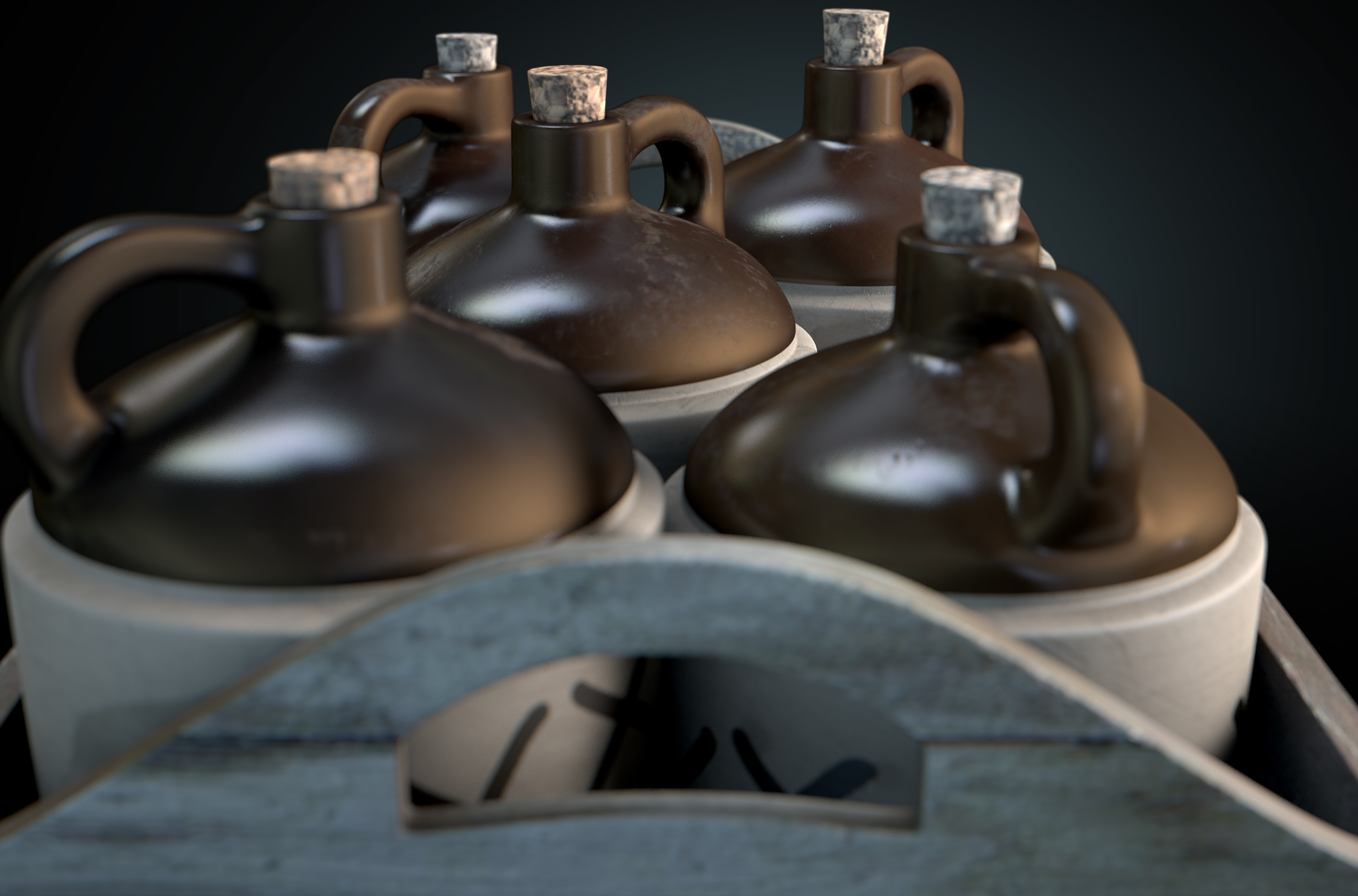
The History of Moonshine
The history of moonshine in the United States is deeply rooted in Appalachia and East Tennessee. In fact, the history of East Tennessee is almost synonymous with moonshine. Moonshining became a legitimate trade when the U.S. placed a tax on the sale of alcohol. In order to avoid paying these hefty taxes, early moonshiners had to become very methodical in their production and distribution practices.
Federal Revenuers were government agents who were sent to collect the taxes from the local moonshiners. Often met with much hostility, some revenuers were even attacked and run out of town. Hostility between moonshiners and the federal government boiled over during the Whiskey Rebellion of 1794. Townsmen became enraged when a tax collector came to a town in western Pennsylvania to collect unpaid taxes from distillers. More than 500 angry protesters surrounded the tax collector’s home, and President George Washington was forced to send militiamen to quell the uprising. In all, 20 men were arrested, but this rebellion proved that America’s government was committed to, and capable of enforcing its new taxes on alcohol.
Despite the government’s commitment to controlling the sale of alcohol, moonshining continued to grow in Kentucky, Southern Virginia, and East Tennessee. As time went on, the persistence of revenuers only increased, and as a result, the determination of moonshiners increased as well.
Laws against moonshining hit their peak in 1920 when the nationwide prohibition laws went into effect. These laws completely outlawed the sale and production of alcohol across the entire country. Prohibition sent the demand for moonshine through the roof. Suddenly, illegally-made moonshine was the only source of alcohol available, and many moonshiners had trouble keeping up with the demand. “Quantity-over-quality” became the name of the game, and mass-produced, cheap moonshine became a highly sought-after commodity.
Making the moonshine was the easy part. Many moonshiners had cleverly disguised stills hidden deep in the woods. Delivering the moonshine to their customers in the city was the difficult part. While their still may have been hidden, federal agents had the roads well-patrolled. Fast cars and brave drivers became the best method for delivering moonshine. Whiskey and moonshine runners became the most skilled wheelmen in the south. Their ability to drive fast — and drive well– was their ticket to making a living and staying out of jail. Competitions between drivers are what led to the invention of early stock car racing, and eventually NASCAR.
Now legal to produce in many states, moonshine is made commercially for public consumption. Although legal, the government has levied very heavy taxes on the production of moonshine. Despite the taxes, the legal moonshine industry has flourished, with many variations and flavors now widely available.
Here at Old Tennessee Distilling Company, we strive to keep the whiskey runner’s spirit alive with our products and history. Make sure to stop on by for a free tasting, and ask us about how we make Jim Mitchum proud with our award-winning spirits.

